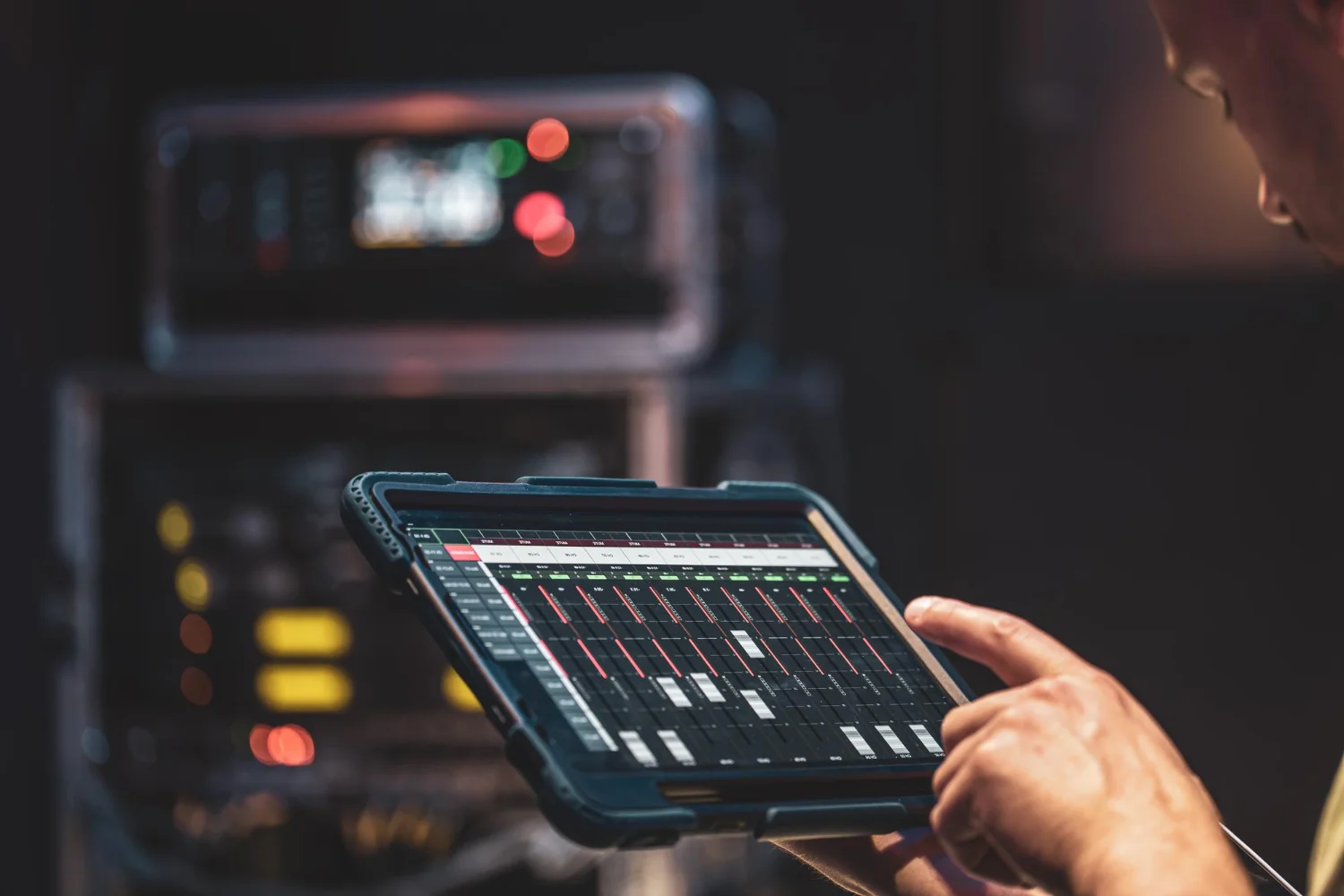In the early 21st century, the field of telemetry was not just revolutionised, but transformed by advancements in technology that reshaped how data was collected, transmitted, and analysed. Among these breakthroughs, telemetryczny emerged as a crucial term in various industries, particularly in engineering, medicine, and space exploration. But what exactly is telemetryczny, and why has it become so important? To answer that, we need to explore its development and the far-reaching implications it has had on modern systems.
What is Telemetryczny?
Telemetryczny refers to a system or process that allows remote data transmission, typically from a distant or inaccessible location to a central point for monitoring or analysis. Derived from the word “telemetry,” it involves the collection of data from sensors or instruments and its transmission via wireless networks or satellite systems to a receiving station. In many ways, it serves as the backbone for real-time monitoring in various sectors such as healthcare, transportation, and environmental science.
Key Applications of Telemetryczny in Modern Systems
Telemetryczny in Healthcare
Telemetryczny has found its place in a multitude of applications, each benefiting from the seamless transmission of data over long distances. One of the primary uses, and perhaps the most significant, is in healthcare. Here, telemetryczny is instrumental in monitoring patients’ vital signs remotely. With advancements in wearable technology, doctors can track heart rates, blood pressure, and oxygen levels in real time, even from a distance, significantly improving patient outcomes.
Telemetryczny in Aerospace
Similarly, in aerospace, telemetryczny plays a pivotal role, particularly in the realm of space exploration. It enables engineers to monitor spacecraft systems and receive real-time data about the conditions and health of space missions. Whether it’s tracking the trajectory of a satellite or ensuring the operational integrity of onboard systems, telemetryczny ensures that everything is functioning optimally, even from the vast distances of space.
Telemetryczny in Critical Infrastructure
The ability to gather and transmit data in real-time is invaluable in decision-making. Industries that rely on critical infrastructure, such as energy and transportation, have embraced telemetryczny for monitoring systems such as power grids, pipelines, and even fleet vehicles. By constantly collecting data about these systems’ performance, businesses can anticipate failures before they occur and optimise operations for efficiency.
The Role of Telemetryczny in Data-Driven Decision Making
Take, for example, smart cities, where telemetryczny is integral to managing urban services such as water supply, waste management, and traffic control. Sensors embedded in the city’s infrastructure collect data, which is sent to central systems for analysis. This data-driven approach enables municipalities to make informed decisions about resource allocation, potentially saving time and money while improving service delivery. Telemetryczny, in this context, is not just about data transmission, but about how that data is used to make decisions that impact our daily lives.
How Telemetryczny is Shaping the Future
The potential applications of telemetryczny are vast, and as technology continues to evolve, so will the systems that rely on it. One of the most exciting advancements is the integration of artificial intelligence with telemetryczny. This fusion allows systems not only to monitor but also to predict outcomes based on data trends. AI-driven analytics are being used in sectors like agriculture, where telemetryczny helps farmers monitor soil conditions, crop health, and weather patterns, enabling them to make more accurate predictions and decisions about farming practices. Moreover, the growth of the Internet of Things is significantly expanding the scope of telemetryczny. With millions of devices being interconnected through IoT, telemetryczny enables these devices to communicate data in real time, creating an intelligent ecosystem that enhances automation and efficiency across industries.
Conclusion: The Power of Telemetryczny in a Connected World
Telemetryczny has become an indispensable part of the modern world. Its ability to facilitate real-time data transmission has transformed industries and continues to influence technological innovations across sectors. From healthcare to space exploration, the power of telemetryczny enables smarter decisions, enhances operational efficiency, and helps predict once unimaginable outcomes. As technology progresses, the impact of telemetryczny will only grow, leading to even more advanced systems that make our world more connected and responsive than ever before.



